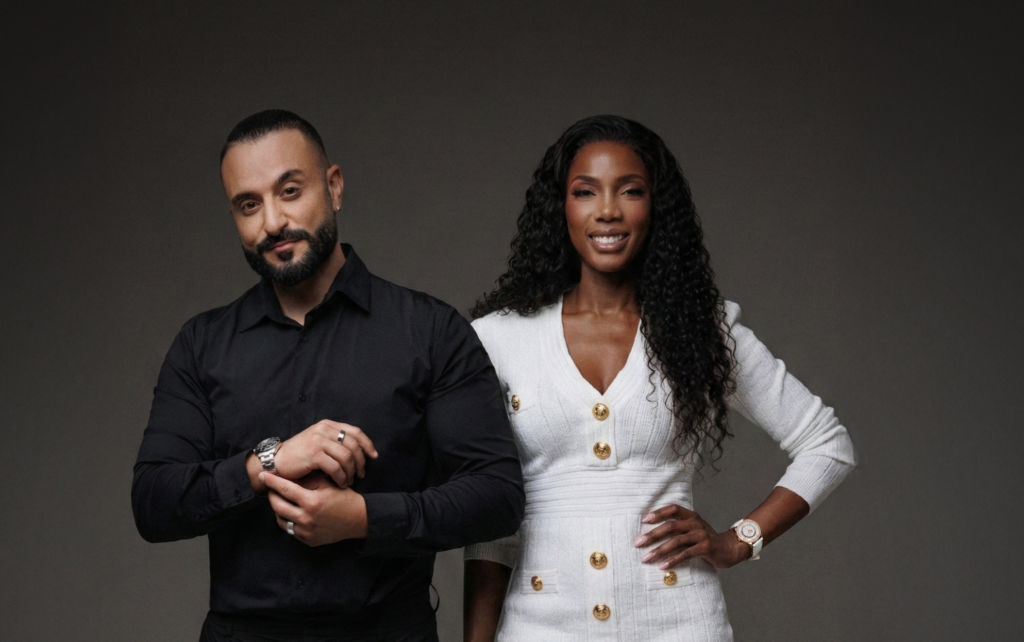New analysis by Kantar Millward Brown of 2000 brands measured in the BrandZ™ global brand equity database shows that fewer than 1 in 10 brands grew between 2014 and 2017. But Amazon, the quintessential disruptive brand, more than doubled its brand value in the same period simply by making more people’s lives easier and less expensive.
Every brand can’t be an Amazon, Netflix or Airbnb but just a 1% change in market share for an established brand can deliver significant growth. To change the odds in their favour, conventional brands must take their lead from the fast-growing disruptors. Marketers need to get out of their comfort zone and add a little disruption to the mix to create new opportunities for growth.
READ: How many Middle East online users are celebrity networkers?
Stephen Hillebrand, CEO Kantar Insights MENAP, said “MENAP markets in common with most of the world are seeing slower growth and relentless focus on margins. Faced with this, CMO’s remain under pressure to invest in short term salience-oriented marketing campaigns. Yet our data shows that differentiation is the critical driver of Brand value growth. Regional players, who are usually less exposed to short-term investor pressures, have a distinct competitive advantage. But to seize on this, CMO’s must convince their boards to back their investment in differentiation as a driver of value.”
[Tweet “Only 1 in 10 brands grew between 2014 and 2017. How can your brand grow in the coming years?”]
The new report, How Disruption Can Fuel Brand Growth, highlights the direction that established brands can take from disruptive brands’ playbooks to drive growth, and explores case studies that demonstrate a range of strategies which have led to growth for brands across different categories including CPG, electronics, e-commerce and automotive.
Marketers can get started by following the 7 steps below to disrupt and drive brand growth:
# 1 Get out of the comfort zone
Any brand can be disruptive provided it does something different from the norm that creates new value for customers or unlocks its existing potential.
READ: Dear clients: 13 things your PR agency wants you to know
#2 Know what needs to change
Knowing how people think, feel and behave in relation to a brand can often reveal an immediate opportunity for growth. The challenge for a well-differentiated brand is to identify what will make it more salient and meaningful to potential consumers.
#3 Know who values your brand
On average, consumers pay 14% more for brands they perceive to be meaningfully different. When it comes to profit, the biggest disruptive growth opportunity may come from targeting the right customers, and then curating perceptions of meaning and difference to drive up the brand’s perceived value.
#4 Use consumer insights to inspire disruption
An established brand that lacks differentiation risks being commoditized. A disruptive idea may come from anywhere but the ultimate test is whether it resonates with the target audience, and this requires brands to have in-depth knowledge of their potential customers.
# 5 Invest to make a difference
Simply spending more will not produce disruptive returns. Investing in a creative idea that fits the brand and the opportunity may be the best way for some brands to disrupt the status quo. And, since marketers are often hostage to the product innovation cycle, developing a new creative approach may be faster.
READ: Move over Snapchat. There’s another player bringing AR ads
# 6 Learn fast to achieve greater returns
A brand can have a great product or idea and in-market execution can still fail to disrupt. Marketers need to behave as if they are in perpetual beta and fast feedback is critical to quickly identify opportunities and course correct.
#7 Continuously improve marketing effectiveness
A brand’s success today should be viewed as an opportunity to improve marketing effectiveness while looking for the next disruptive growth opportunity. Marketers need to measure what is happening to the brand and the consumer response in-market.






